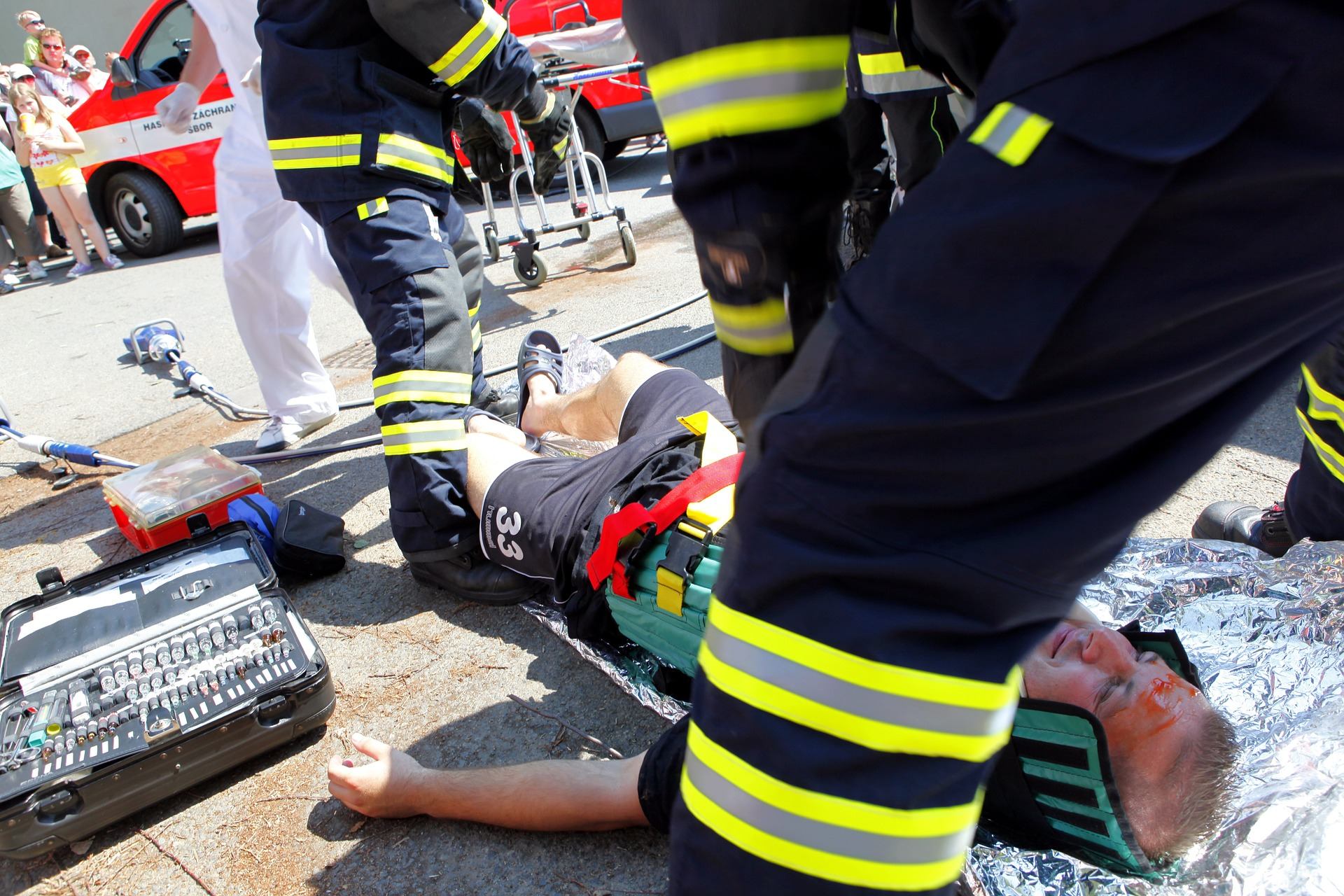
[cs_section style="margin: 0px; padding: 45px 0px 0px; "][cs_row style="margin: 0px auto; padding: 0px; " inner_container="true"][cs_column style="padding: 0px; " fade_animation="in" fade_animation_offset="45px" fade_duration="750" type="1/1"][cs_text]8 Ways CPR Guidelines Changed in 2015: And How to Prepare[/cs_text][cs_text]Maybe you are traveling down the road and see a car accident with casualties. Are you ready to respond? Or maybe you are at dinner and someone at the next table begins choking -- do you know what to do? As someone certified in CPR, of course, you are ready and able to give the best CPR that follows the newest certification guidelines from AHA. Right? Wait a minute. Did someone say “new guidelines?” The CPR and AED guidelines have been updated by the American Heart Association and they reflect the evidence-based best practices you can perform to save lives. (To see a summary of the changes: The 2015 AHA Guidelines Update for CPR and ECC ). The changes were instituted based on recommendations by 250 evidence reviewers from 39 countries and are important to know as well as urgent to implement. All CPR and AED trainings and certifications will be built around these guidelines now and the good news? Beating Heart Center has already begun implementing these changes into their state-of-the-art gamification learning system named LOOP. (See the video of fun, interactive LOOP CPR & ECC training at work). We have also blended CPR online training into the traditional CPR class format. [/cs_text][x_button size="large" block="true" circle="false" icon_only="false" href="https://beatingheartcenter.com/health-safety-classes/" title="" target="" info="none" info_place="top" info_trigger="hover" info_content=""][x_icon type="arrow-right"]Click Here!
for a Schedule of CPR classes near you in the San Diego area.[/x_button][/cs_column][/cs_row][/cs_section][cs_section style="margin: 20px 0px 0px; padding: 0px; border-style: solid; border-width: px; border-color: #1e73be; " bg_color="#e6ecf2"][cs_row style="margin: 0px auto; padding: 0px 20px; "][cs_column style="padding: 0px; " fade_animation="in" fade_animation_offset="45px" fade_duration="750" type="1/1"][cs_text text_align="center-text"]
[/cs_text][x_block_grid type="two-up"][x_block_grid_item]
[/x_block_grid_item][x_block_grid_item]
[/x_block_grid_item][/x_block_grid][x_block_grid type="two-up"][x_block_grid_item]1. Mobile Connections to Dispatcher Assist: Lay rescuers are encouraged to access an emergency response (i.e., through a mobile telephone or social media channel) without leaving the victim’s side. You may witness the rescuer being guided by a dispatcher on a mobile phone.[/x_block_grid_item][x_block_grid_item]5. Team Response to Increase Speed: You will see multiple providers providing a response, all at once. One provider might be calling for help while another one has already begun using chest compressions and a third is retrieving the AED. New guidelines focus on a coordinated approach to speed response time.[/x_block_grid_item][x_block_grid_item]2. Faster Chest Compressions: The lay rescuer may be giving chest compressions faster now. 100 to 120/minute – up from at least 100/min.[/x_block_grid_item][x_block_grid_item]6. Faster Chest Compressions: The health care provider will be giving chest compressions faster now, as well, 100-to 120 per minute.[/x_block_grid_item][x_block_grid_item]3. Just Deep Enough: And Allow for Chest Recoil - The lay rescuer will be attempting to compress the chest at least 2 inches, but less than 2.4 inches. And they will be backing off the compression quickly, allowing the chest wall time to respond fully.[/x_block_grid_item][x_block_grid_item]7. Just Deep Enough: And Allow for Chest Recoil – Lay rescuers and health care providers will be following the same depth guidelines, at least 2 inches, but less than 2.4 inches. You won’t see health care providers leaning on the chest between compressions. It impedes the chest walls ability to recover[/x_block_grid_item][x_block_grid_item]4. AED Assist: You might also hear a dispatcher directing the layperson to the closest AED location, starting defibrillation even before EMS can reach the scene is recommended for best outcomes. Public Access Defibrillation station locations may be more widespread and EMS dispatchers will have a map of their locations – guiding laypersons to the AEDs if necessary.[/x_block_grid_item][x_block_grid_item]8. AED First: Health care providers, being highly trained, will opt for delivering AED shocks first, before compressions, if possible. The evidence is clear that AED is one of the most helpful assists in saving lives.[/x_block_grid_item][/x_block_grid][/cs_column][/cs_row][/cs_section][cs_section style="margin: 0px; padding: 45px 0px 15px; "][cs_row style="margin: 0px auto; padding: 0px; " inner_container="true"][cs_column style="padding: 0px; " fade_animation="in" fade_animation_offset="45px" fade_duration="750" type="1/1"][cs_text]More detailed scenarios about the changes made, such as those specific to pregnant women and children, are outlined in the full 2015 American Heart Association (AHA) Guidelines Update for Cardiopulmonary Resuscitation (CPR) and Emergency Cardiovascular Care (ECC). The two-hundred and seventy-page document with three hundred and fifteen guidelines is organized into a handy web-based CPR tool for easier access to individual topics. Channing Bete is rolling out the BLS, ACLS and PALS manual versions throughout the spring and summer of 2016. You can get the latest manual versions here and even sign up for email updates to get new product announcements as they become available.[/cs_text][x_custom_headline level="h2" looks_like="h3" accent="false"]We Make It Easy for You to Prepare[/x_custom_headline][cs_text]
All these changes are tough to keep up with! The Beating Heart Center staff is the expert at preparing you for everything you need to retain certification. And using the gamification technology in the LOOP software system, we are able to incorporate that learning into easy to understand and remember responses.
We have CPR first time and CPR refresher classes available.
Healthcare is an ever-changing industry and providers have to be able to implement and respond to the change. The Beating Heart Center is making sure you are covered.
[/cs_text][/cs_column][/cs_row][/cs_section][cs_section style="margin: 0px; padding: 0px; border-style: solid; border-width: 2px; border-color: #1e73be; " bg_color="#d5e0e8"][cs_row style="margin: 0px auto; padding: 0px; " inner_container="true"][cs_column style="padding: 0px; " fade_animation="in" fade_animation_offset="45px" fade_duration="750" type="1/1"][cs_text]
[/cs_text][/cs_column][/cs_row][/cs_section]